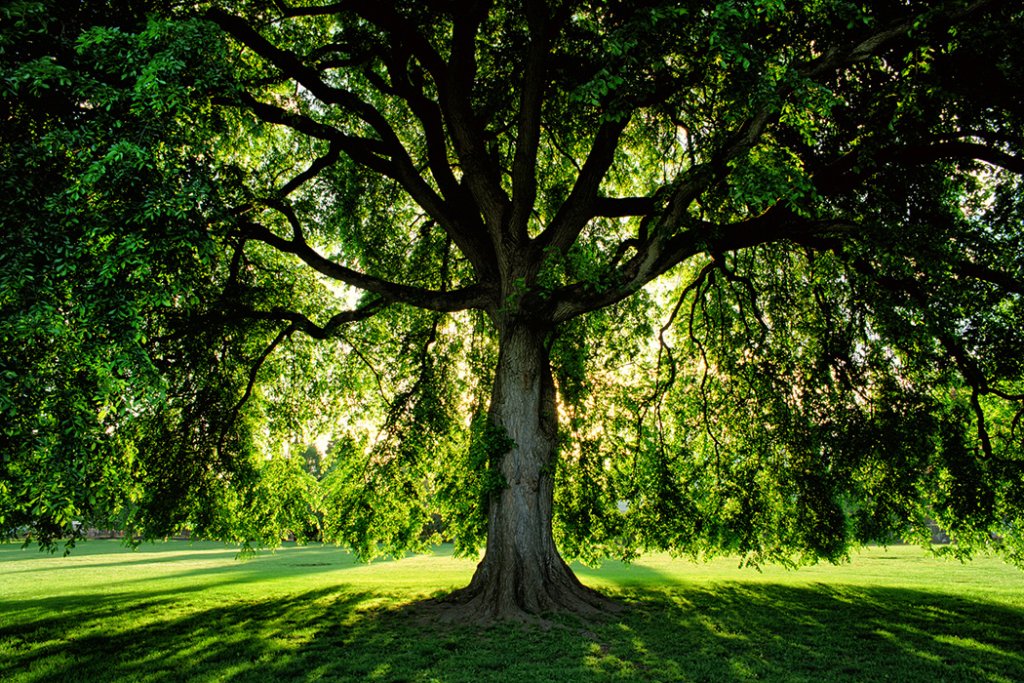Trees hold a very special and important place in human culture and spirituality for a long time. Trees symbolize different beliefs in various religions across the globe. They are believed to have medicinal properties, and various medicinal studies have been conducted on them.
But trees’ healing properties are most interesting and universally recognized among the many things trees are associated with. Some magical properties that heal Physically and emotionally are associated with some types of trees in different religions.
Here, we will learn about various symbolic trees, their healing properties, and what they signify in different religions.
This is not new; the presence of these symbols has been buried deep within our culture and traditions for centuries.
Let’s unfold them again.
Symbolism of Trees
Trees have always been associated with healing and growth. Not only do they play a huge role in the ecological balance of nature by purifying air and providing shelter to hundreds of species, but they also represent the development of human life.
Many cultures believe that trees can impart vital energy to their surroundings. Various research has also shown that trees have healing powers; they release antimicrobial oils called phytonicides, which protect trees from germs and are also a healing agent for people.
Let’s understand the healing properties of different types of trees.
Trees with Healing Properties
1. Oak Tree
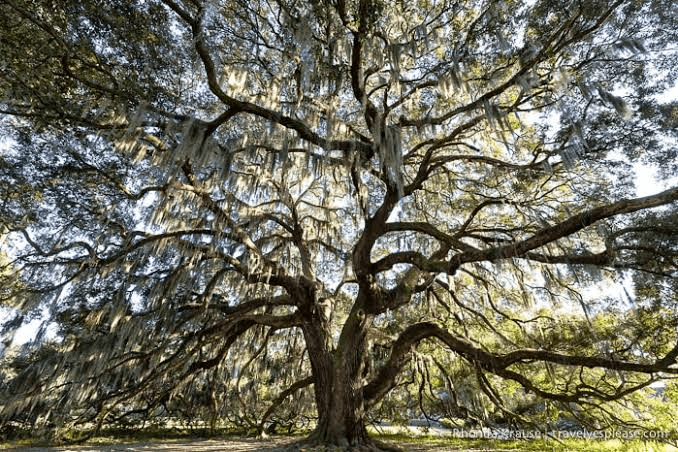
Oak is known for its robust and sturdy presence. It symbolizes strength, longevity, and endurance. Various cultures believe that iak possesses the power to heal both spiritual and physical disorders.
Oak bark contains various medicinal qualities and is used to treat various medicines because of its antimicrobial, anti-inflammatory, and antidiarrheal properties.
Similarly, Its different parts, like fruit acorns and roots, are also used in various healing remedies.
2. Willow Tree
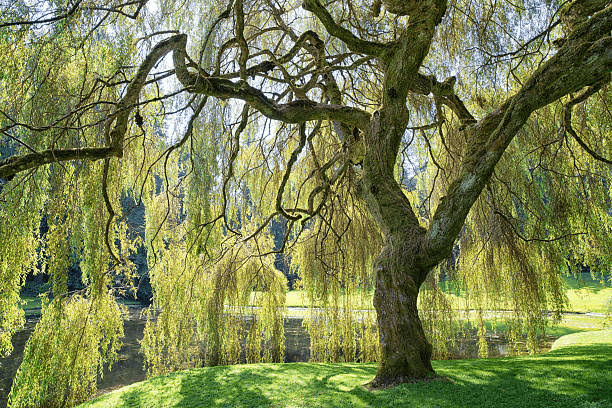
The Willow tree is associated with emotional healing and recovery. In Chinese culture, the willow’s ability to bend without breaking is linked with resilience and adaptability.
They also have a tradition of hanging wishes on willow trees because they believe tree energy can help bring positive change in their lives.
In European folklore, the willow tree is associated with enchantment and healing; witches and healers used its branches to make wands.
3. Eucalyptus Tree
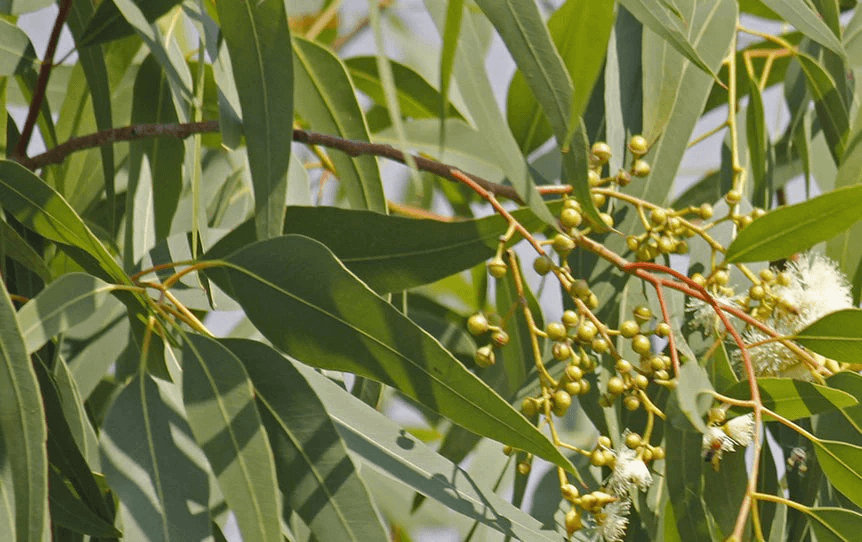
Eucalyptus is very aromatic. The oil extracted from its leaves is refreshing and soothing and has magical medicinal properties.
Merely breathing in the fresh aroma can make a person feel relaxed and is believed to have a purifying and healing effect on the body and spirit.
Australians have used eucalyptus leaves for generations to heal various disorders. The leaves can be consumed by infusing in tea or used for application by extracting oils from their leaves.
4. Cedar Tree
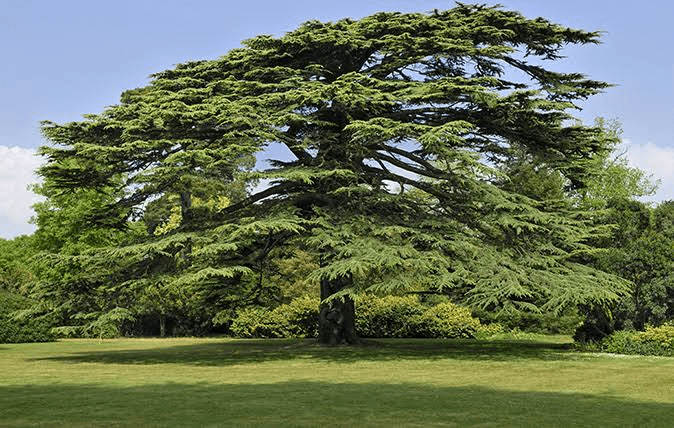
The Cedar Tree represents cleansing and purification in the history of different cultures. Its wood is full of fragrance, used to keep negative energies away and promote healing.
The evergreen nature of trees symbolizes the ever-going cycle of life and renewal. Some native Americans consider cedar trees very sacred and even used in purification ceremonies.
It has various medical properties and is used to treat various problems like bronchitis, pneumonia, and joint pain.
5. Ash Tree
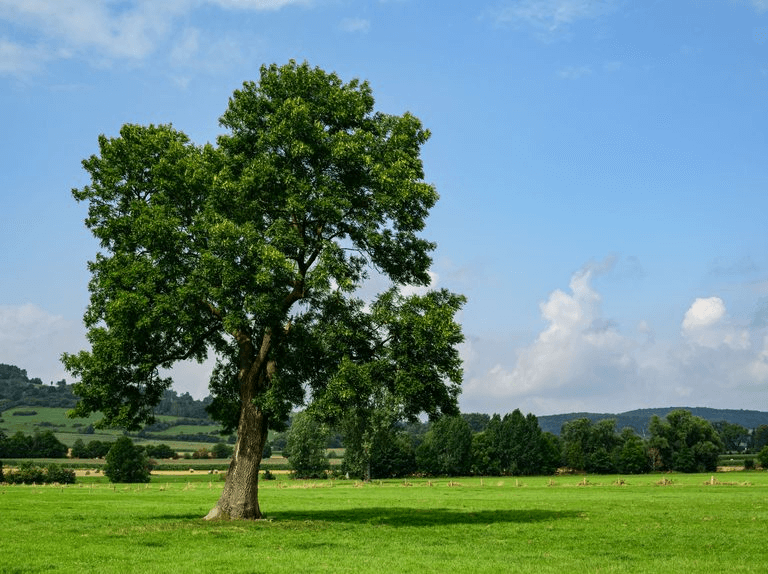
Ash trees have a tall structure and unique patterned branches. It is considered to aid physical healing and a bridge between people on earth and the spiritual realm in Norse and Celtic culture.
Its wood was traditionally used to make tools for healing rituals. It is also known as the rowan tree in ancient Irish mythology; it symbolizes spiritual love and physical health.
6. Maple Tree
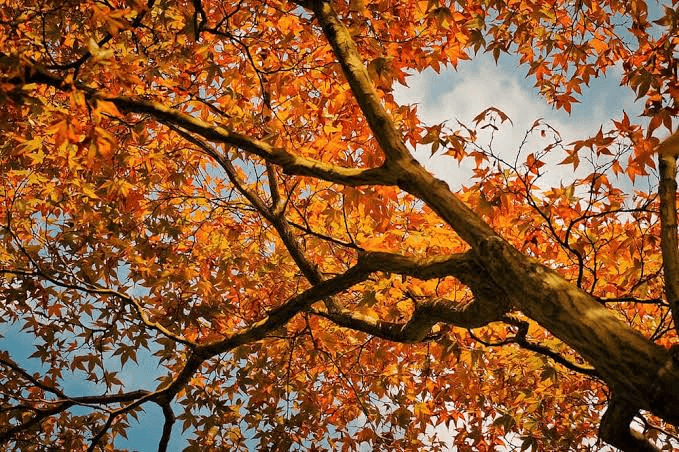
The maple tree symbolizes balance and renewal. This tree is known for its vibrant color leaves in autumn and its ability to produce sweet and nourishing sap.
The maple leaves show regeneration as they become brilliant colors before falling to the ground and promoting new growth.
In some cultures, maple trees are believed to have magical properties that help with personal development and growth.
Tree Symbolism in Different Cultures
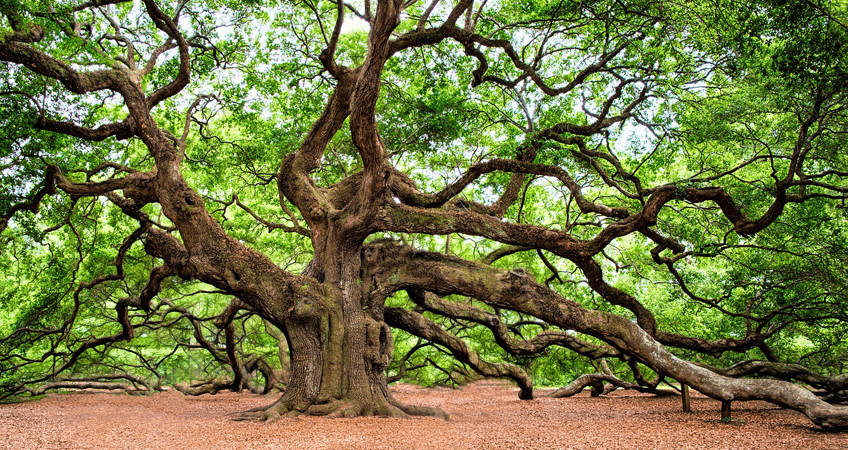
1. Celtic Culture
Celts deeply connect with trees in their traditions and religion; they consider trees sacred symbols of wisdom and abundance. They also believe that the trees connect the earth, the moon, and the spiritual realm.
2. Native Americans
Native Americans worship trees as providers of shelter, healing, and wisdom. Many tribes consider a few types of trees to represent death and the world afterward. They believe that wood and leaves can.
3. Chinese Culture
In many Chinese traditions, tree symbolism is incorporated into meditation to gain a balance of life and wisdom. Some trees, like white mulberry, are known as the renewal tree in Chinese tradition and are known to heal, cleanse, and rejuvenate the body and mind.
Healing Properties Associated with Trees
Trees are associated with healing properties, both physical and symbolic. Their presence and characteristics contribute to overall well-being. Various healing properties of trees are stress reduction, air quality improvement, emotional healing, physical healing, symbolic healing, spiritual connection, environmental healing, growth and renewal, and cultural and historical significance.
Conclusion
You cannot overlook the importance of trees in history, and among various cultures, they symbolize healing, restoration, and renewal. Various studies have shown that trees have played a vital role in humanity’s quest for healing.
These symbolic trees connect us to the natural world while supporting physical, emotional, and spiritual healing.
Whether you find peace while sitting under a tree or from the aroma of its oil, the healing power of nature is a timeless source of comfort and strength.
In this modern era, where traditions and culture are very subjective, let us cherish the profound symbolism of healing trees.

